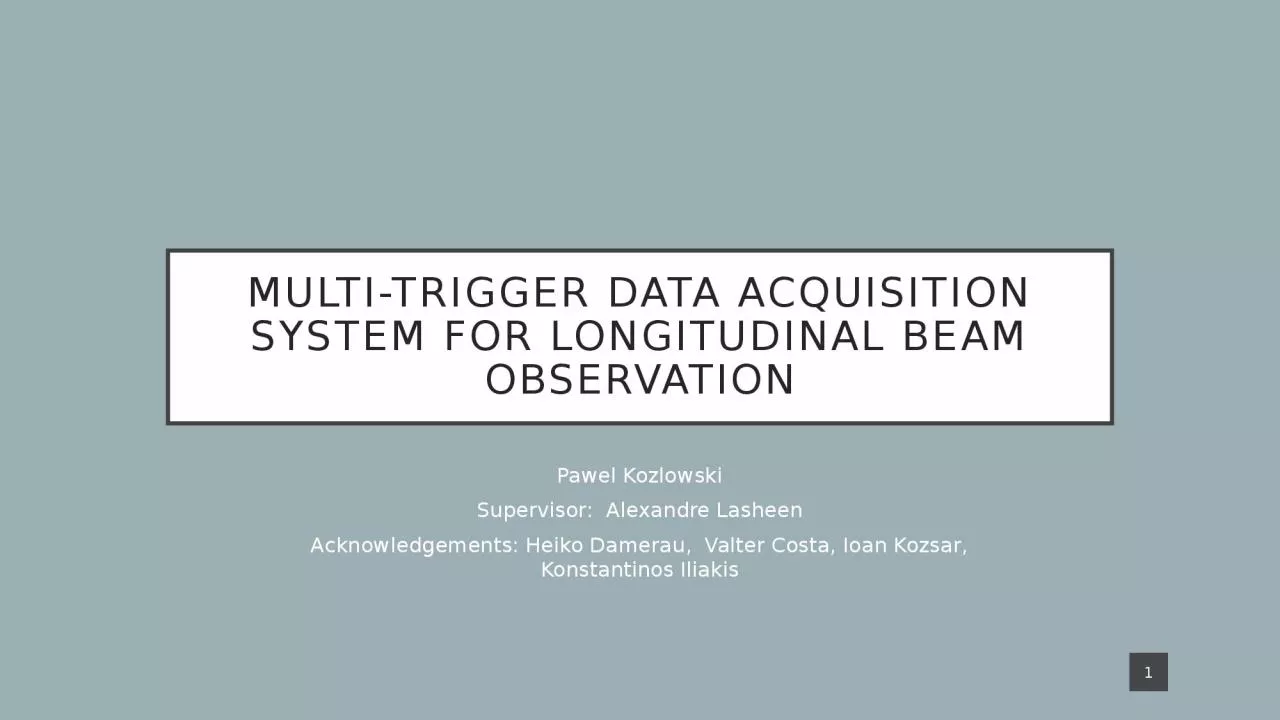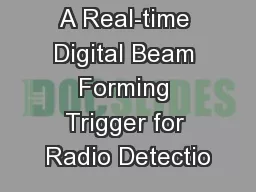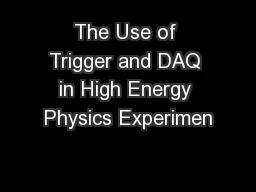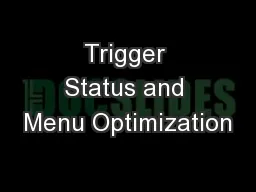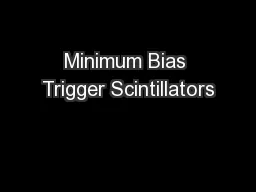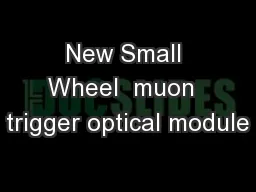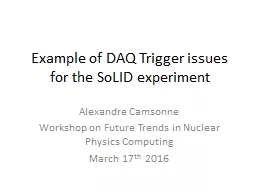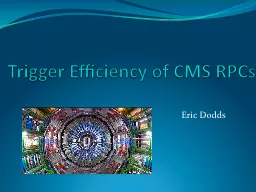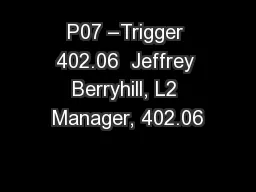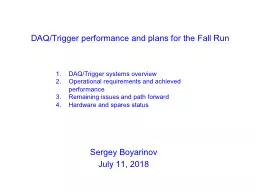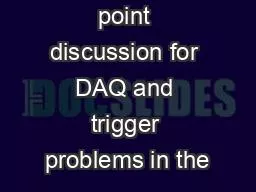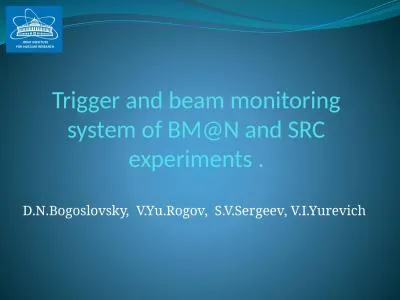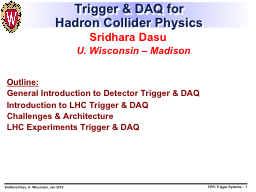PPT-Multi-trigger Data A cquisition
Author : victoria | Published Date : 2023-11-08
S ystem for longitudinal beam observation Pawel Kozlowski Supervisor Alexandre Lasheen Acknowledgements Heiko Damerau Valter Costa Ioan Kozsar Konstantinos
Presentation Embed Code
Download Presentation
Download Presentation The PPT/PDF document "Multi-trigger Data A cquisition" is the property of its rightful owner. Permission is granted to download and print the materials on this website for personal, non-commercial use only, and to display it on your personal computer provided you do not modify the materials and that you retain all copyright notices contained in the materials. By downloading content from our website, you accept the terms of this agreement.
Multi-trigger Data A cquisition: Transcript
Download Rules Of Document
"Multi-trigger Data A cquisition"The content belongs to its owner. You may download and print it for personal use, without modification, and keep all copyright notices. By downloading, you agree to these terms.
Related Documents

